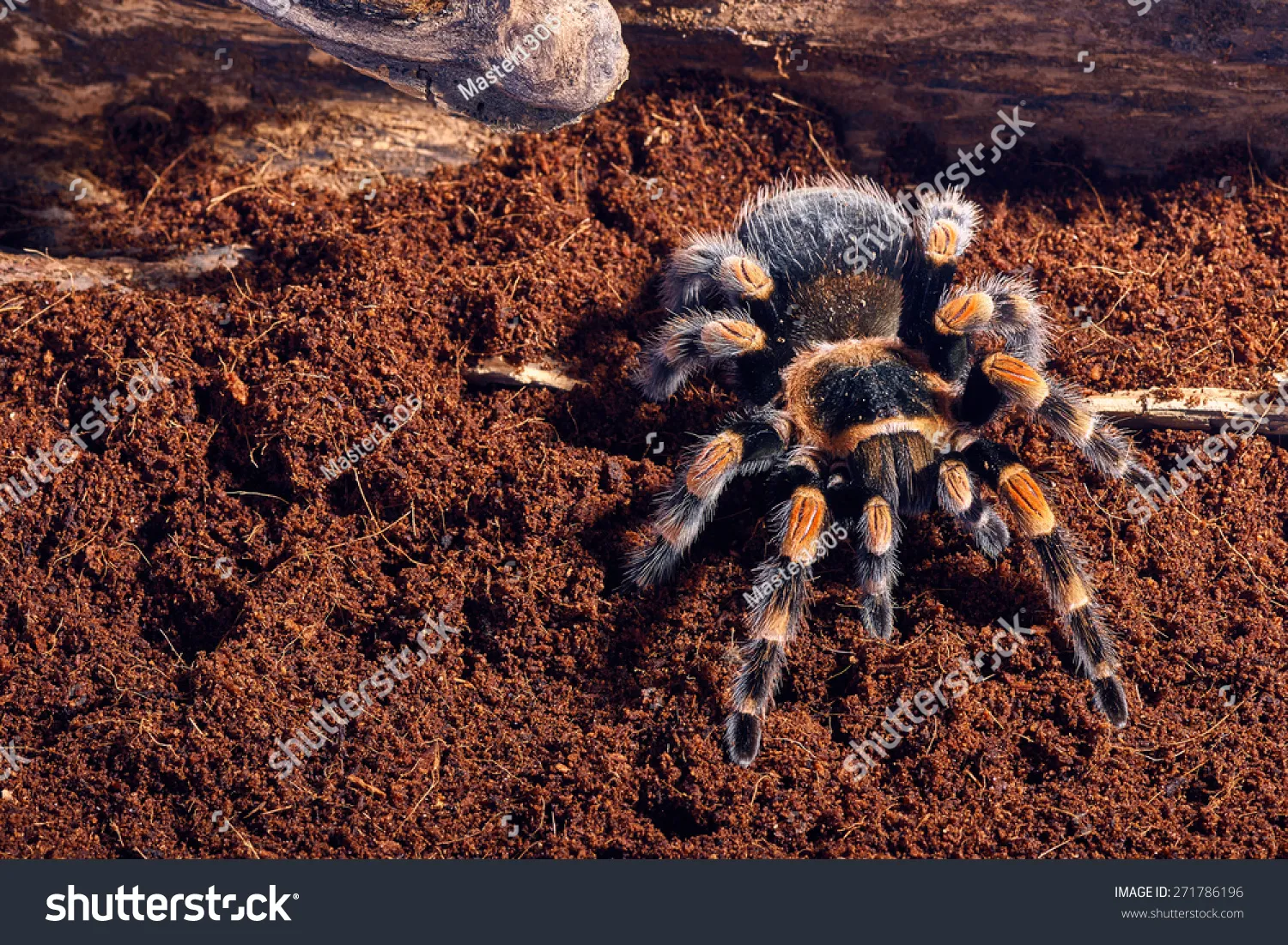Mexican Red Knee Tarantula Planet Zoo Top 7 Facts
Planet Zoo is a captivating simulation game where players can build and manage their own zoos, housing a diverse array of animals from around the world. Among the many fascinating creatures you can care for is the Mexican Red Knee Tarantula, a popular choice for its striking appearance and relatively docile temperament. This article explores seven key facts about the Mexican Red Knee Tarantula in Planet Zoo, offering insights into their care, behavior, and role within your virtual zoo. Whether you’re a seasoned Planet Zoo player or a newcomer eager to learn, understanding these facts will help you create a thriving and engaging habitat for these impressive arachnids. Discover the secrets to keeping your Mexican Red Knee Tarantulas happy and healthy while enhancing the educational and entertainment value of your zoo.
Appearance and Characteristics
The Mexican Red Knee Tarantula, scientifically known as Brachypelma hamorii, is immediately recognizable due to its striking appearance. These tarantulas are not only visually stunning but also possess unique characteristics that make them a fascinating addition to any zoo. Understanding their physical attributes is crucial for creating a suitable environment and providing proper care within Planet Zoo. Their distinctive features set them apart from other tarantula species, contributing to their popularity among both virtual zookeepers and real-life enthusiasts.
Distinctive Red Markings
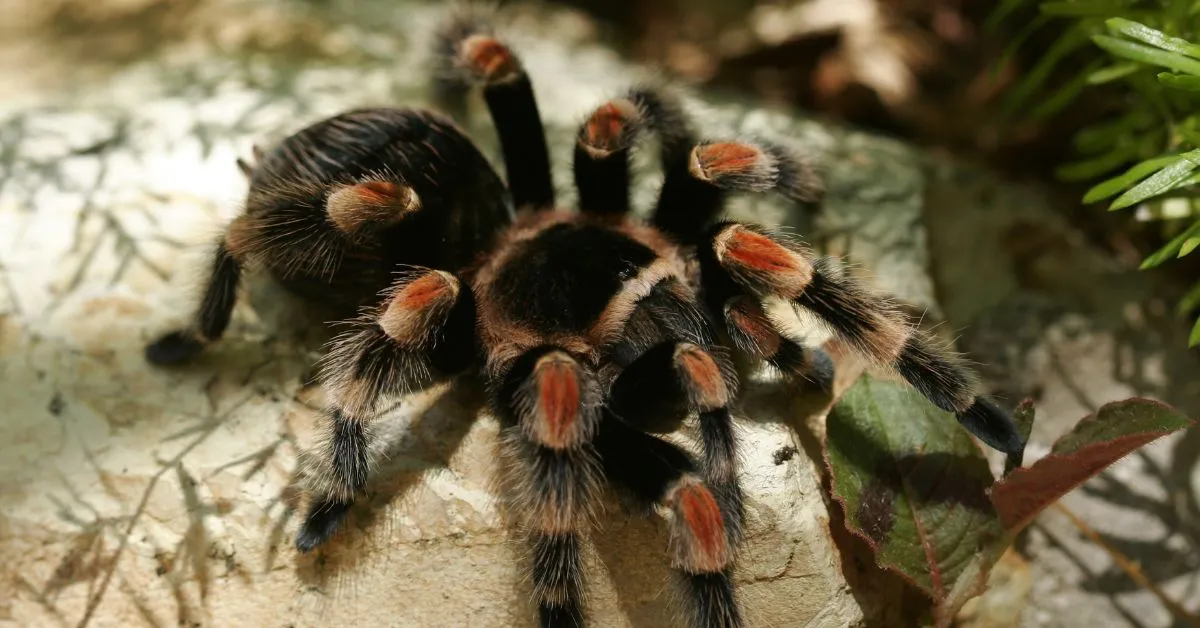
The most defining feature of the Mexican Red Knee Tarantula is, of course, its vibrant red markings on the joints of its legs. These bright red ‘knees’ stand out dramatically against the dark black or brown body and legs, creating a visually striking contrast. The intensity of the red color can vary between individuals, but it is always a prominent feature. The unique markings not only make them visually appealing but also serve as a key identifier for this species, helping players easily distinguish them from other tarantulas in their Planet Zoo collections.
Size and Lifespan
In Planet Zoo, as in real life, Mexican Red Knee Tarantulas are medium to large-sized tarantulas. Females are generally larger than males, with a leg span that can reach up to 6 inches or more. The lifespan of these tarantulas is also noteworthy. Females can live for up to 20-30 years, making them a long-term commitment in your virtual zoo. Males, however, typically have a shorter lifespan, often living only a few years after reaching maturity. This difference in lifespan is an important consideration for managing your tarantula population in Planet Zoo.
Habitat and Enclosure
Creating an appropriate habitat is essential for the well-being of your Mexican Red Knee Tarantulas in Planet Zoo. The right environment ensures they are comfortable, healthy, and able to exhibit their natural behaviors. Understanding their needs, from temperature and humidity to substrate and furnishings, allows you to design an enclosure that enriches their lives and provides an engaging experience for your guests.
Ideal Environment
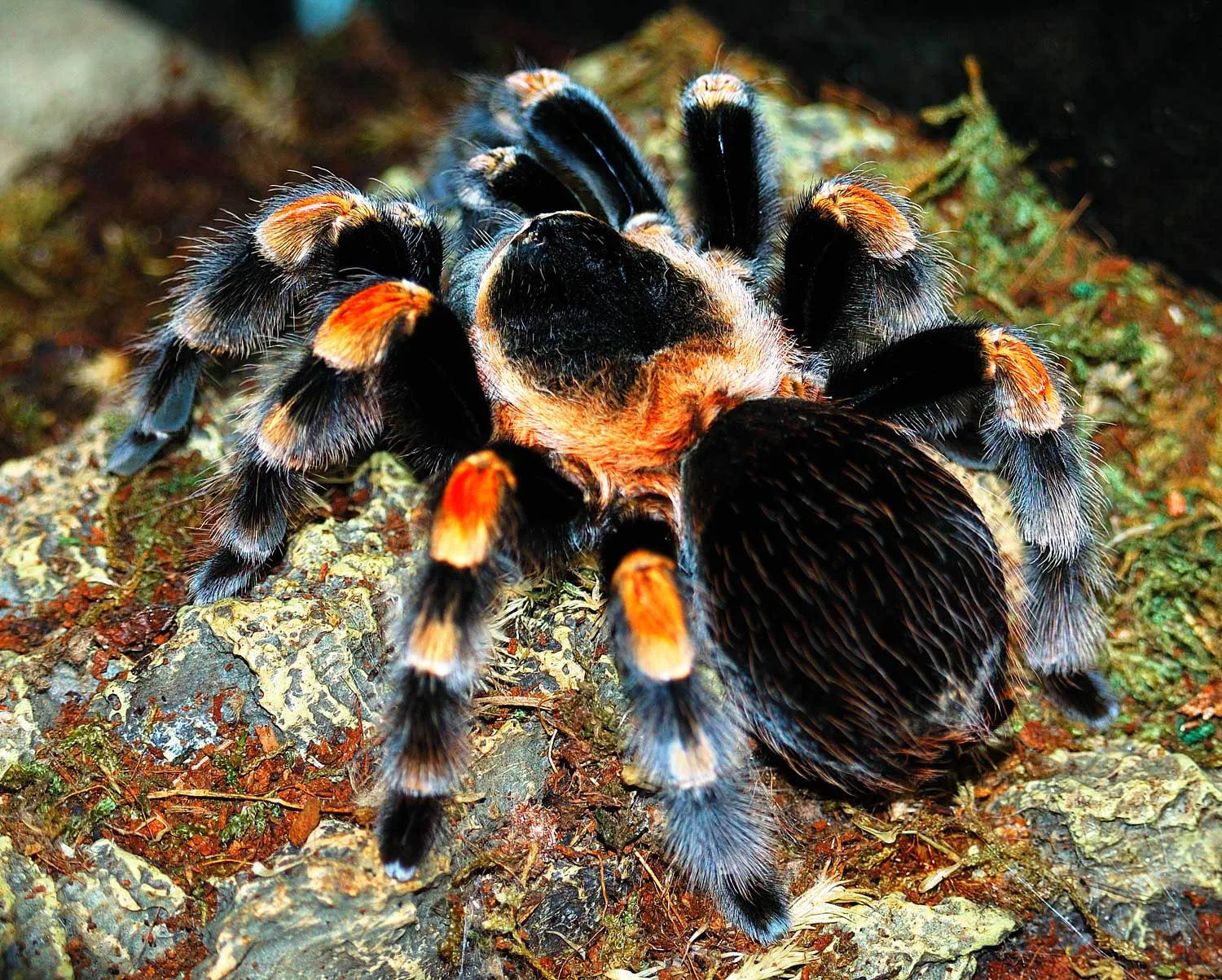
Mexican Red Knee Tarantulas thrive in a warm and humid environment. Within Planet Zoo, you can simulate these conditions using the game’s environmental controls. Aim for a temperature range between 75-85°F (24-29°C) and a humidity level of around 60-70%. Regularly monitor the temperature and humidity levels in their enclosure to ensure they remain within this range. Providing a proper temperature gradient within the enclosure allows the tarantula to regulate its body temperature effectively.
Enclosure Setup
The enclosure setup should mimic the tarantula’s natural habitat. Use a substrate like coconut fiber or a mix of peat moss and vermiculite to retain moisture and allow the tarantula to burrow. Provide a hide, such as a piece of cork bark or a half-log, where the tarantula can retreat and feel secure. Include a shallow water dish for hydration. The size of the enclosure should be appropriate for the tarantula’s size, with enough space for movement and enrichment. Proper ventilation is also crucial to prevent mold and maintain air quality.
Feeding and Diet
Proper nutrition is vital for the health and longevity of your Mexican Red Knee Tarantulas in Planet Zoo. Understanding their dietary needs and feeding habits helps ensure they receive the necessary nutrients to thrive. Monitoring their feeding behavior is also important, as changes in appetite can indicate health issues. Careful attention to diet and feeding frequency will contribute to the overall well-being of your tarantula population.
Preferred Foods
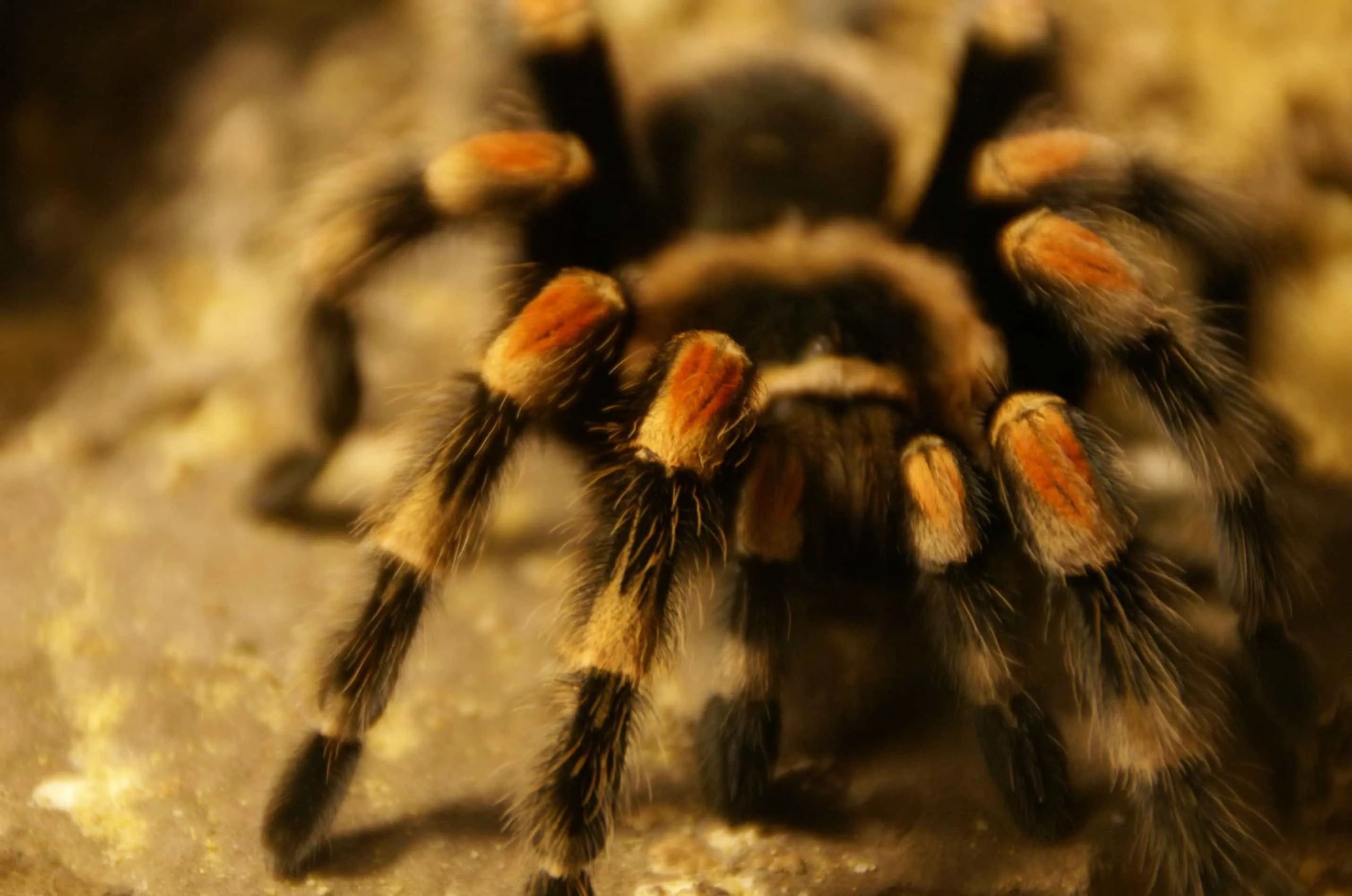
In Planet Zoo, Mexican Red Knee Tarantulas are primarily insectivores. Their diet should consist mainly of insects, such as crickets, mealworms, and dubia roaches. Variety is key to a balanced diet. Ensure the insects you provide are gut-loaded with nutritious food before feeding them to your tarantulas. This ensures the tarantulas receive a range of vitamins and minerals. The game’s feeding system allows you to offer a diverse selection of food items, which can be tailored to the tarantula’s preferences.
Feeding Frequency
The feeding frequency depends on the age and size of the tarantula. Juvenile tarantulas typically need to be fed more often, around twice a week. Adult tarantulas can be fed less frequently, perhaps once or twice a week. Observe your tarantulas to gauge their appetite. If they consistently refuse food, it could indicate they are about to molt or that something is wrong with their environment. Always remove uneaten food within 24 hours to prevent mold and maintain a clean enclosure.
Behavior and Temperament
Understanding the behavior of Mexican Red Knee Tarantulas is crucial for managing them effectively in Planet Zoo. Their temperament influences how they interact with their environment and, in turn, how they enrich the player’s experience. Observing their actions, reactions, and preferences within the game will provide clues about their well-being and allow you to make informed decisions about their care and the design of their habitat.
Common Behaviors
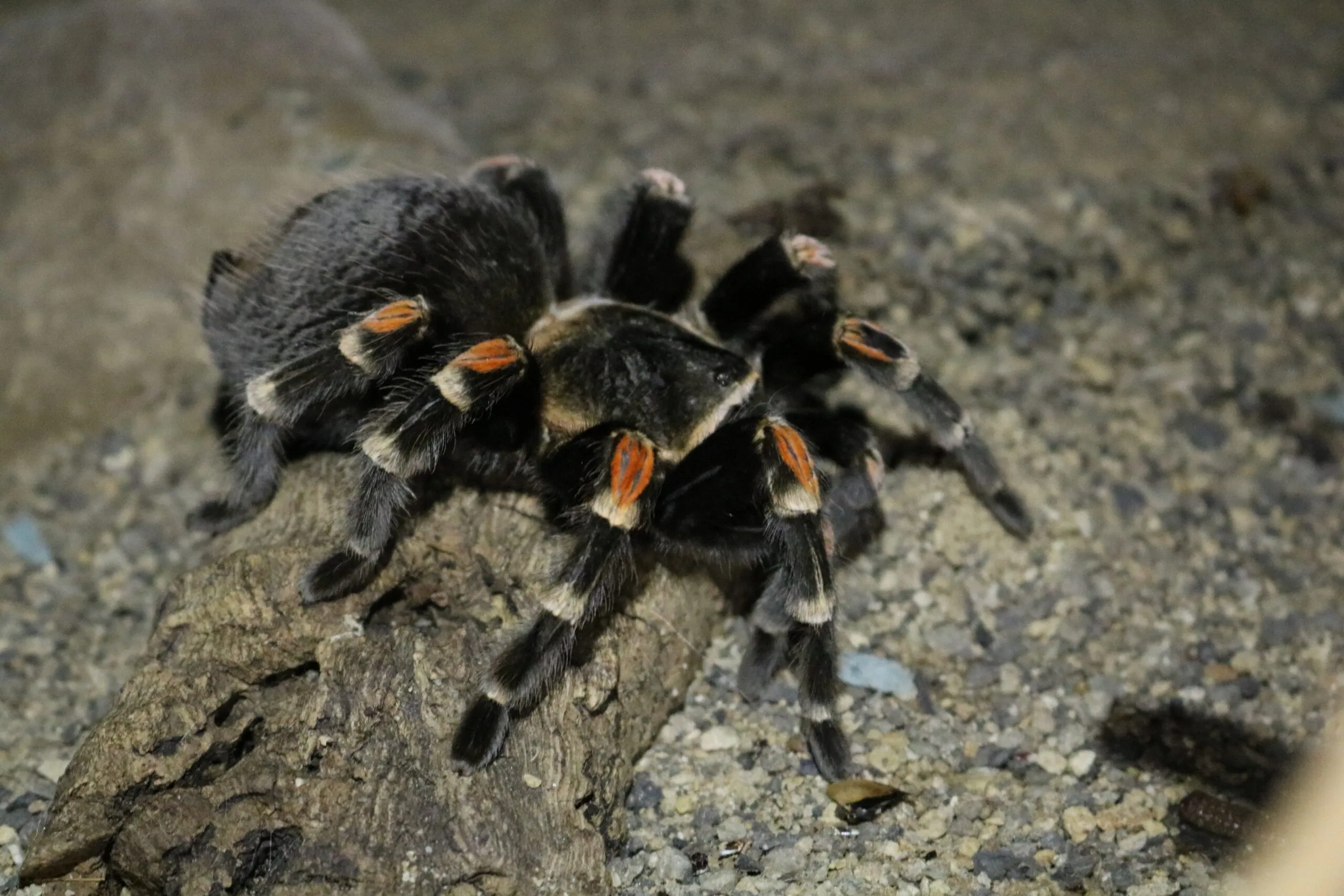
Mexican Red Knee Tarantulas are generally docile and not prone to biting unless provoked. They are often observed resting or burrowing in their enclosures. They may also be seen exploring their habitat, especially during the evening or at night. You might observe them flicking hairs (urticating hairs) as a defense mechanism if they feel threatened. Recognizing these common behaviors will help you understand their needs and monitor their well-being in Planet Zoo.
Handling Considerations
While Mexican Red Knee Tarantulas are considered relatively docile, handling them should be done with caution in Planet Zoo, as in real life. Avoid handling them unless absolutely necessary. If handling is required, do so gently and carefully, as a fall can be fatal. Always supervise interactions with other animals or guests in the zoo to prevent accidental harm. In the game, maintaining a safe distance and providing enrichment items are often the best ways to manage their interactions and ensure their comfort.
Breeding and Reproduction
Breeding Mexican Red Knee Tarantulas in Planet Zoo can be a rewarding challenge, allowing you to expand your collection and learn more about their life cycle. Understanding the mating process, egg sac management, and care of spiderlings will enhance your gameplay experience and deepen your appreciation for these creatures. Successfully breeding tarantulas requires patience, careful planning, and attention to detail.
Mating Process
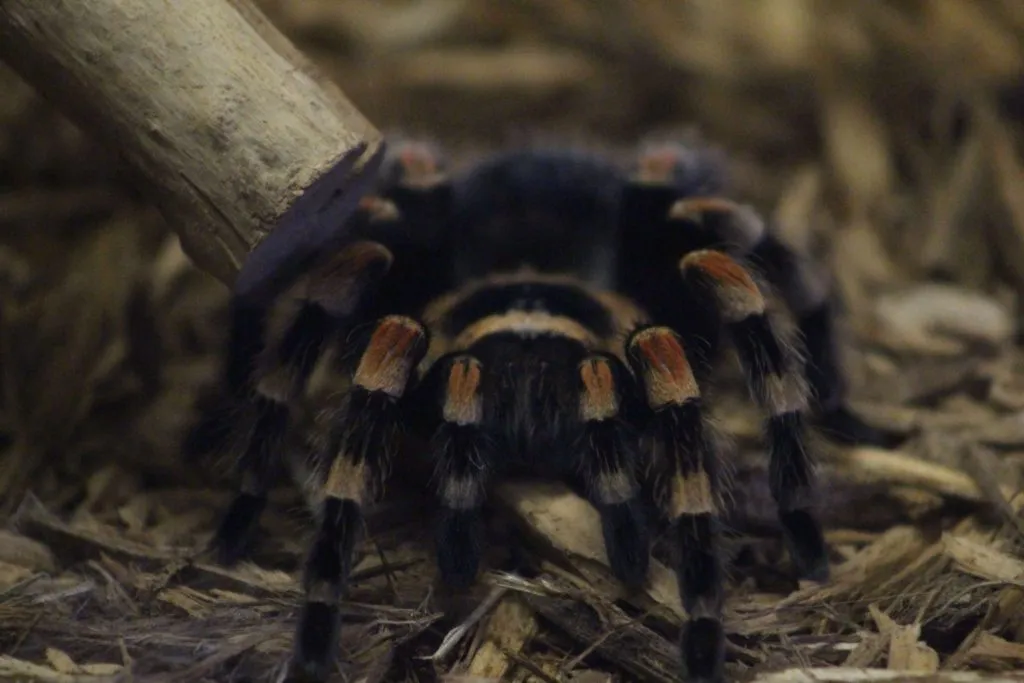
In Planet Zoo, the mating process for Mexican Red Knee Tarantulas mirrors their real-life behavior. The female is typically larger than the male and may become aggressive after mating, potentially eating the male. The game will simulate this behavior. The player must ensure the female is well-fed before the introduction and monitor them closely. If successful, the female will lay an egg sac.
Egg Sac and Spiderlings
After mating, the female will produce an egg sac, which she will protect and care for. In Planet Zoo, you will need to manage the egg sac and ensure the proper environmental conditions for incubation. Once the spiderlings hatch, they are very small and require a specialized care regimen. You will need to provide a safe environment with appropriate food and shelter. Be prepared to provide them with small insects like flightless fruit flies until they are larger and can eat the same diet as the adults.
Conservation Status
Understanding the conservation status of the Mexican Red Knee Tarantula adds a layer of realism and responsibility to your Planet Zoo experience. Being aware of any threats to the species helps you appreciate their existence and motivates you to create a thriving environment for them in your virtual zoo. This knowledge can inform your choices about the animals you choose to keep and how you design your habitats.
Threats and Protection
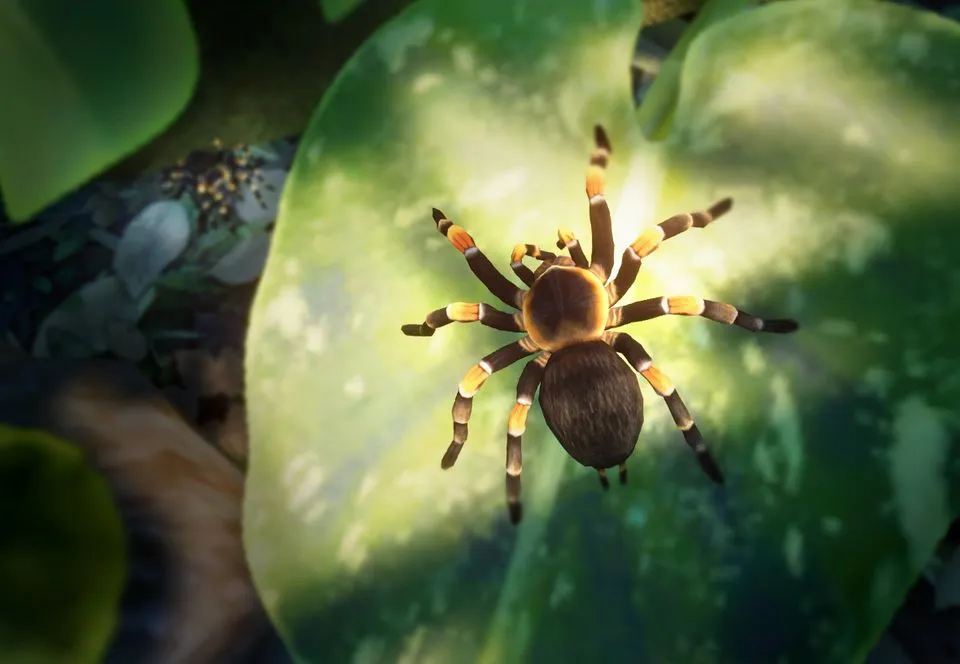
In the wild, Mexican Red Knee Tarantulas face several threats, including habitat loss due to deforestation and collection for the pet trade. They are also vulnerable to climate change and other environmental factors. While they are not currently classified as endangered, they are considered a species of concern. In Planet Zoo, you can contribute to their protection by creating a healthy and sustainable environment for them. Educate your guests about the importance of conservation and the beauty of these amazing creatures to raise awareness about the need to preserve the species and their natural habitats.
